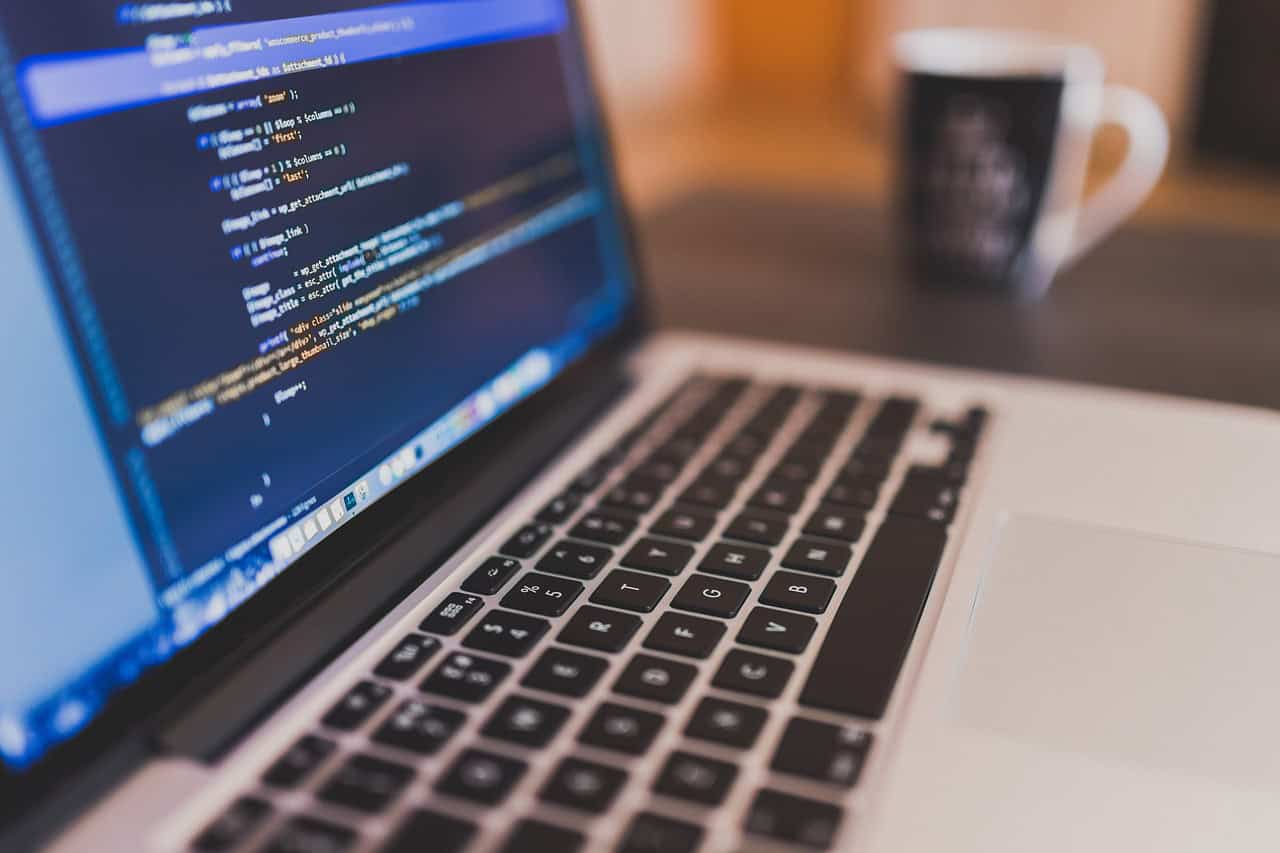How to Download and Install Python on Mac: A Comprehensive Guide
Estimated reading time: 8 minutes
- Simple Installation: Installing Python on macOS is easy with the right steps.
- Version Compatibility: Be aware of architecture differences between Intel and Apple Silicon.
- Post-Installation Checks: Verify your installation to ensure everything is set up correctly.
- Update Regularly: Keep your Python installation up to date for security and performance.
Table of Contents
- Overview of Python Download and Installation on Mac
- How to Download Python on Mac
- Installation Process
- macOS-Specific Considerations
- Updating and Managing Python Versions
- Video and Additional Resources
- Summary Table: Key Points
- Expert Recommendations
- Conclusion
- FAQ
Overview of Python Download and Installation on Mac
Downloading Python for macOS is a straightforward process, but it involves specific considerations regarding version compatibility, architecture (Intel vs. Apple Silicon), and the coexistence with the system-provided Python installations. Let’s explore these steps in detail.
How to Download Python on Mac
1. Official Python Website
The primary source for Python downloads is the Python official website. This site offers both stable and pre-release versions of Python specifically tailored for macOS. The download page can automatically detect your system’s architecture and offer the appropriate installer package for your Mac.
2. Choosing the Installer
When choosing your installer, it’s important to consider your Mac’s architecture:
- For modern Macs (including Apple Silicon models like M1, M2, or M3), you should select the “universal2” installer. This version supports both Intel-based and Apple Silicon architectures seamlessly.
- The standard download is a
.pkgfile, which will allow you to run the installation with just a double-click.
Installation Process
1. Running the Installer
Once the installer has been downloaded, follow these steps to begin the installation:
- Double-click the downloaded
.pkgfile to start the installation wizard. - Simply follow the on-screen instructions; the default settings are sufficient for most users.
- You will need to enter your Mac password when prompted to authorize the installation.
2. Post-Installation Steps
After installation, Python will typically be installed as follows:
- A folder named
Python 3.xwill be created in yourApplicationsdirectory, containing IDLE (an integrated development environment) and the Python Launcher. - The Python executables and libraries will be located in
/Library/Frameworks/Python.framework/, with symbolic links created in/usr/local/bin/to facilitate system-wide access to Python. - The installer also updates your shell path, ensuring that your newly installed Python version is used by default in the terminal.
3. Verification
To ensure a successful installation:
- Open IDLE from the
Applicationsfolder and run a simple command, such asprint("Hello, World!")to test the installation. - Alternatively, check the installed version by typing
python3 --versionin your Terminal.
macOS-Specific Considerations
1. System Python vs. User Python
macOS comes pre-installed with its own version of Python located in /usr/bin/python3. This system Python is managed by Apple and should not be removed or altered. However, installing Python from python.org allows you to have an independent and up-to-date installation that can coexist with the system version. The installer automatically prioritizes the user Python in your shell path.
2. Xcode and Command Line Tools
Some Python tools or libraries may require the GCC compiler. To install it, you can download Xcode or opt for the Command Line Tools for Xcode from Apple.
Updating and Managing Python Versions
1. Updating Python
To keep Python up to date, simply download and run the latest installer from the official site. The new version will replace the previous installation, unless you specify a different installation location.
2. Uninstalling Python
If you decide to uninstall Python:
- Remove the
Python 3.xfolder from yourApplicationsdirectory. - Delete the framework from
/Library/Frameworks/Python.framework/. - Remove symbolic links from
/usr/local/bin/.
Video and Additional Resources
Need visual guidance? Check out YouTube tutorials that demonstrate the download and installation process step-by-step specifically on Apple Silicon Macs. Additionally, the official Python documentation and third-party guides provide comprehensive insights tailored for macOS users.
Summary Table: Key Points
| Aspect | Details |
|---|---|
| Official Source | python.org/downloads/macos/ |
| Installer Type | Universal (Intel & Apple Silicon) .pkg |
| Installation Location | /Applications/Python 3.x/, /Library/Frameworks/Python.framework/ |
| System vs User Python | Both can coexist; user Python prioritized by installer |
| Post-Install Steps | Run IDLE, verify, check path |
| Updating | Download latest installer from python.org |
| Uninstalling | Remove folders and links as mentioned above |
Expert Recommendations
- Always use the official python.org installer for maximum reliability and security.
- If you have an Apple Silicon Mac or are uncertain of your hardware, choose the universal installer.
- Do not remove or modify the system Python provided by Apple to avoid potential system issues.
- Regularly update to the latest stable release for improvements in functionality and security.
Conclusion
In conclusion, downloading and installing Python on your Mac is a crucial skill that can greatly enhance your programming journey. At TomTalksPython, we’re committed to helping you navigate programming languages like Python and offering resources to elevate your learning experience. For additional tips, tutorials, and insights, explore other content available on our website.
FAQ
How do I know which version of Python to download?
You should download the version that matches your hardware architecture (Intel or Apple Silicon) from the official Python website.
Can I have multiple versions of Python installed?
Yes, but ensure that the paths are set correctly, so the desired version is used by default in the terminal.
What should I do if I encounter installation issues?
Check for compatibility with your macOS version and refer to the Python documentation for troubleshooting tips.
